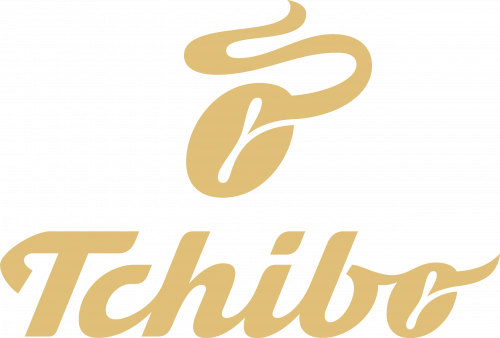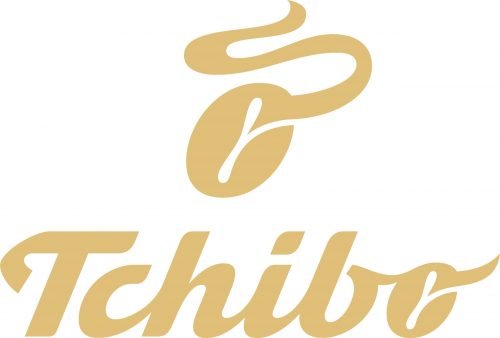Tchibo is the name of a famous European coffee brand, which was established in 1949 in Germany. Today the brand, founded by Max Hertz and Carl Tchiligrihyan in the middle of the last century, is one of the world’s most known and reputable. Apart from coffee distribution, Tchibo also has cafes almost on all continents.
Meaning and history
The brand’s visual identity has always been more or less the same — the fancy logotype, which only had its contours and color palette refined throughout the years. But the main idea, elegance, and thickness of the lines have always been in their places. Tchibo, the brand that got its name from its founder’s surname and the German “Bohne” which means bean, coffee bean, is all about the traditional approach to quality and taste, and this approach is implemented in its image as well.
The Tchibo logo is composed of a wordmark placed under the unique emblem, which has been with the brand since the very first years. Both elements are executed in a gradient gold color palette and placed on a solid royal-blue background.
The emblem of the famous coffee brand is a slightly slanted coffee brand stylized as a cursive letter “T” with an elongated curved line coming out of its upper part. The golden curve also resembles a stem above the cup of a freshly made hot coffee in the morning.
As for the lettering, it is executed in a custom italicized sans-serif typeface with the lines of the title case letters elongated and the horizontal bar of the capital “T” bent on the left. The last letter of the logotype, “O”, looks similar to the brand’s emblem, creating a balance and harmony for the whole visual identity design.









